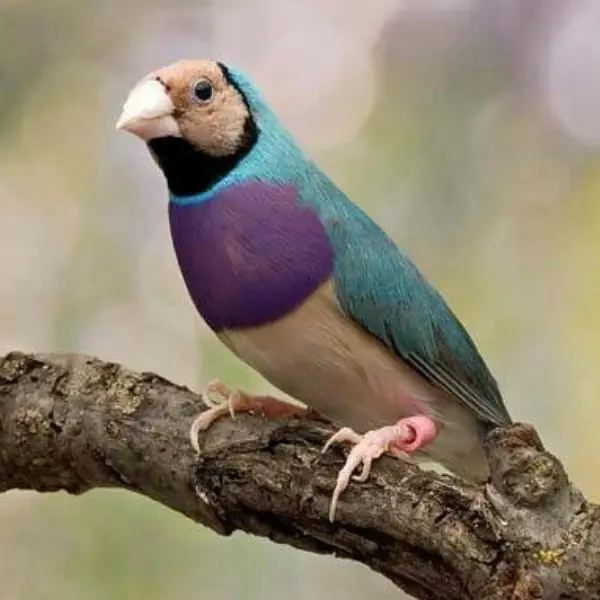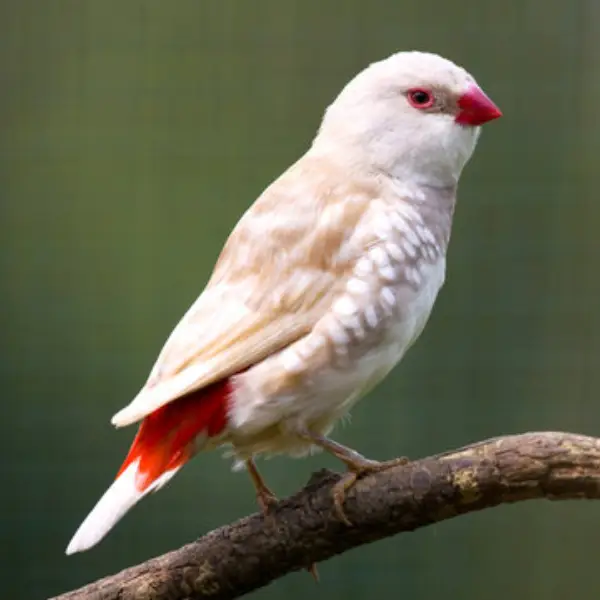Free shipping order over 20,000
Green Opaline Pale Fallow
₨ 30,000 Original price was: ₨ 30,000.₨ 20,000Current price is: ₨ 20,000.
- Scientific Name: Agapornis roseicollis (if referring to the Peach-faced Lovebird)
- Size: Typically around 13-15 cm (5-6 inches) in length.
- Color:
- Green Base: The primary body color is a soft, pastel green, lighter than the standard green mutation due to the Pale Fallow influence.
- Opaline Mutation: This mutation enhances the coloration on the bird’s head and back, often creating a more uniform and vivid appearance. The face and chest may have a lighter peach, pink, or cream hue, depending on the specific mutation.
- Pale Fallow Mutation: This mutation lightens the overall coloration, giving the bird a more pastel or diluted look, including lighter green feathers and a softer face color. The eyes are usually a ruby red or pinkish color, a signature trait of the Fallow mutation.
- Beak: Typically a light orange or pinkish color.
- Eyes: Ruby red or pinkish, due to the Fallow mutation, contrasting with the lighter feather colors.
- Legs and Feet: Pale or flesh-colored, in line with the overall lighter coloration.
Share
Share on facebook
Share on email
Important Keys:
Habitat
- Distribution: The Green Opaline Pale Fallow Lovebird is bred in captivity and is not found in the wild. This combination of mutations is especially prized by breeders and aviculturists.
- Environment: These lovebirds do well in aviaries or spacious cages that allow for ample flying and interaction. They are adaptable to indoor environments with proper care and socialization.
Diet
- Primary Food: Seeds such as millet, canary seed, and other small seeds. A balanced pellet mix is also recommended to ensure they receive all necessary nutrients.
- Supplementary Food: Fresh fruits, vegetables, and occasional protein sources like egg food or mealworms are important to keep them healthy and vibrant.
- Feeding Behavior: They forage actively and should be provided with a variety of seeds, pellets, and fresh foods to ensure a balanced diet.
Breeding
- Breeding Season: In captivity, these lovebirds can breed year-round, provided that the conditions are favorable.
- Nest Location: They build nests in enclosed spaces, like nest boxes or dense vegetation. In captivity, wooden or artificial nest boxes are commonly used.
- Egg Quantity: Clutches typically consist of 4-6 eggs.
- Incubation Period: Eggs are incubated for approximately 21-23 days, with both parents taking part in the process.
- Fledging: Chicks usually fledge around 6-8 weeks after hatching.
Lifespan
- In the Wild: Lovebirds typically live around 10-15 years.
- In Captivity: With good care, they can live up to 15-20 years or more.
Behavior
- Social Structure: These lovebirds are highly social and thrive in pairs or small groups. They are affectionate, playful, and enjoy interacting with their owners and other birds.
- Vocalization: They produce a variety of vocalizations, including chirps, whistles, and soft calls, used for communication and social bonding.
![]()
Be the first to review “Green Opaline Pale Fallow” Cancel reply
Related Products
-
-22%
Strawberry Finch
₨ 4,500Original price was: ₨ 4,500.₨ 3,500Current price is: ₨ 3,500. -
-11%
Albino Shaft Tail
₨ 22,500Original price was: ₨ 22,500.₨ 20,000Current price is: ₨ 20,000. -
-20%
Owl Finch
₨ 20,000Original price was: ₨ 20,000.₨ 16,000Current price is: ₨ 16,000. -
-25%
Silver Gouldian Finch
₨ 24,000Original price was: ₨ 24,000.₨ 18,000Current price is: ₨ 18,000. -
-43%
Blue Gouldian Finch
₨ 35,000Original price was: ₨ 35,000.₨ 20,000Current price is: ₨ 20,000. -
-20%
Silver Diamond Firetail Finch
₨ 31,250Original price was: ₨ 31,250.₨ 25,000Current price is: ₨ 25,000. -
-8%
Albino Cut-throat Finch
₨ 65,000Original price was: ₨ 65,000.₨ 60,000Current price is: ₨ 60,000. -
-20%
Zebra Dove
₨ 18,750Original price was: ₨ 18,750.₨ 15,000Current price is: ₨ 15,000.
Sign Up for Exclusive Birds Care Tips and Offers from Phool Panchi
Company links
Category
Contact
© 2024 Phool Panchi | Developed By v3Studio













Reviews
There are no reviews yet.